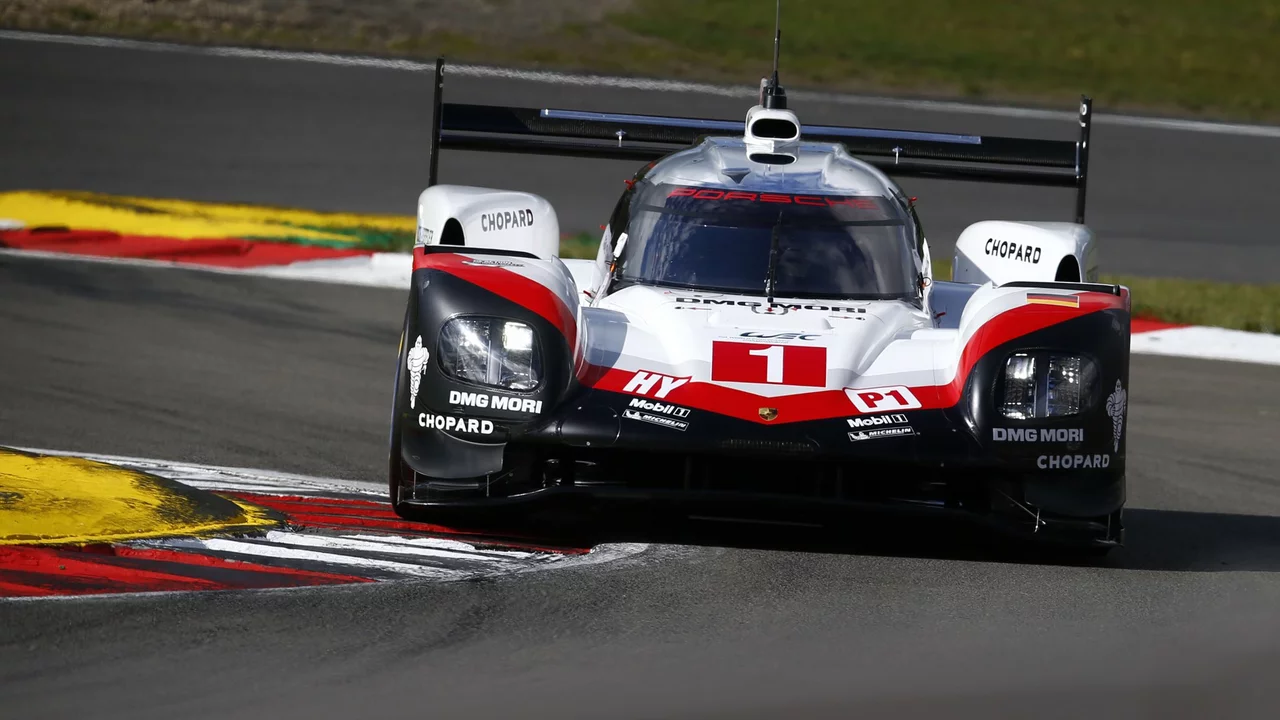IndyCar – All the Speed, History, and Excitement
When talking about IndyCar, the premier North American open‑wheel racing series that blends technology, skill, and sheer speed. Also known as IndyCar Series, it attracts manufacturers, sponsors, and fans worldwide. The series encompasses open-wheel racing and requires high‑performance chassis built to strict safety standards. Indy 500, the flagship 500‑mile event held each May at Indianapolis Motor Speedway is the crown jewel, where qualification is measured by pure speed, not elapsed time. Meanwhile, engine technology, turbocharged V6 units that deliver over 600 horsepower drives the cars’ relentless pace. Drivers such as Alex Palou or Josef Newgarden rely on aerodynamic downforce and precise chassis tuning to shave tenths off lap times, showing how open‑wheel racing, a discipline where wheels are positioned outside the car’s body for optimal handling pushes engineering limits. All these pieces—race format, chassis, engines, and driver skill—interact to create the thrilling spectacle that defines IndyCar.
Why IndyCar Matters to Fans and Professionals
Fans tune in because the series offers instant action: street circuits, road courses, and ovals present a mix that keeps every lap unpredictable. The IndyCar qualification process focuses on single‑lap speed, turning Friday practice into a high‑stakes showdown where the fastest 33 earn a spot on the grid. This format sharpens driver focus and tests chassis aerodynamics under pressure. For engineers, the series is a real‑world lab; the mandated chassis—currently the Dallara IR‑18—must balance downforce, drag, and safety, while engine suppliers like Honda and Chevrolet constantly tweak turbo maps to extract extra torque. The relationship between chassis and engine influences fuel strategy, tire wear, and overall race strategy, making each event a complex puzzle. Because the series travels across the U.S. and occasionally abroad, local economies benefit from tourism, while sponsors gain exposure to a dedicated audience that follows the sport year‑round. In short, IndyCar sits at the crossroads of entertainment, technology, and business.
Below you’ll find a curated mix of articles that dive into the topics we just covered. From deep dives on how the Indy 500 qualification works, to driver career paths, to the latest chassis updates and engine news, this collection gives you practical insights and fresh perspectives. Whether you’re a seasoned fan looking for the next data point or a newcomer wanting a solid foundation, the pieces ahead will broaden your understanding of what makes IndyCar a unique motorsport experience.

